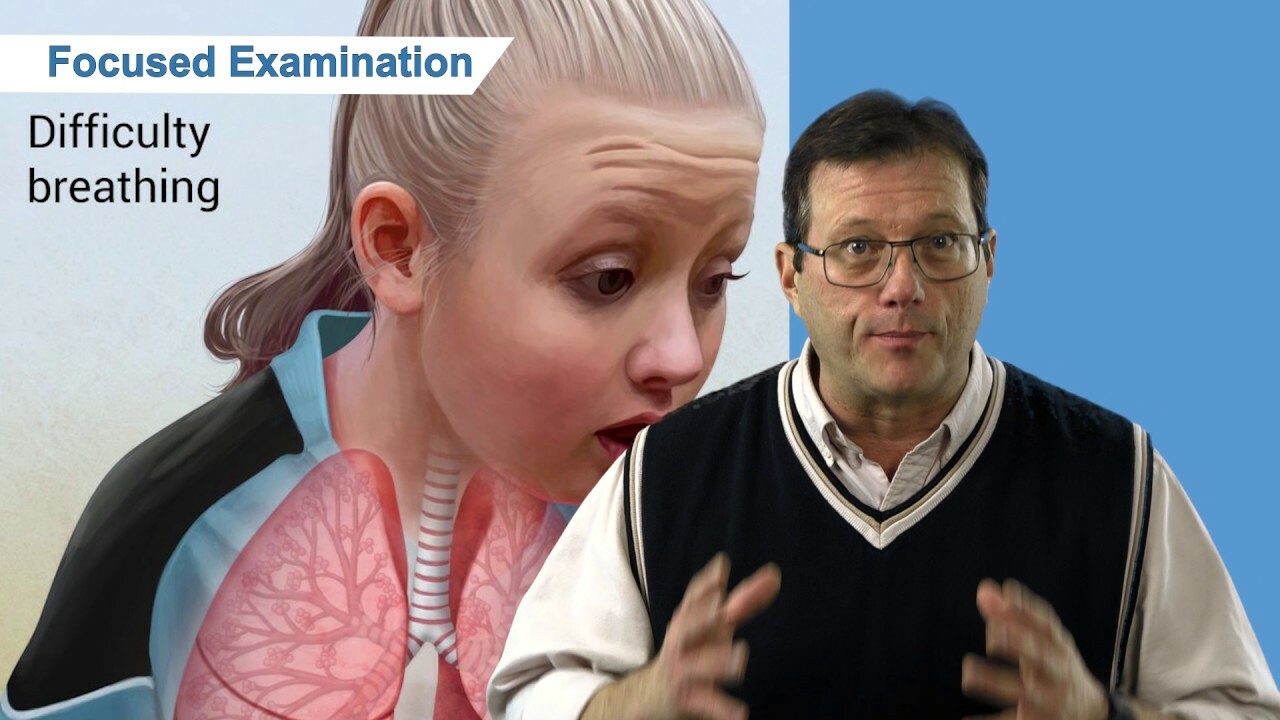PALS Primary Assessment – Exposure

Transcript:
Hi, everyone. We’re still in primary assessment, and we’ve come to our last segment in our primary assessment. So far, we’ve covered airway, breathing, circulation, and disability. Now we get to letter E, which stands for exposure.
“And you don’t want us exposing ourselves.”
Actually, Dr. Venkman, we do want to expose our patients, because if we can’t see it, we can’t identify it, we can’t treat it. When we’re talking about exposure, to be clear, we’re talking about removing articles of clothing from this child so that we can directly visualize the body for the purpose of examination. Having said that, what’s not in the text that we need to think about is our social climate. Everybody out there with a smartphone has a camera or a video in it. It is our obligation, our responsibility, our duty to protect our patient’s privacy and their dignity. Therefore, patient condition permitting, time permitting, expose the patient in private, in the back of the ambulance, in the ER with the curtain closed.
What are we going to expose on this patient? If it’s a focused examination, we’re focusing on the area of complaint. Whatever the patient’s complaining about, that’s the area we’re going to expose. For example, a child trips, rolls their ankle. We only need to expose the ankle. We don’t need to take their shirt off and assess for heart tones necessarily. We’re going to focus on that ankle. Take the shoe off, take the pants up, and examine and expose that area of the body that they’re complaining about—focused. If they’re having trouble breathing, of course we’re going to expose the chest. When we do that, what are we looking for? When we’re exposing them, what are we looking for? We’re looking first for the things we would expect to see. If it is a trauma patient, we’re looking for bruises, lacerations, and because this is a primary assessment, we’re looking for life threats. That’s really what we’re looking for—looking for life threats. We’re looking for the things we might expect to see based on the patient’s complaint and history. We’re also looking for things we don’t expect to see or hopefully we don’t see, like signs of abuse. The child should not have marks on their back, burns on their back, bruises on their back in varying degrees of healing. These are all signs of child abuse. When we’re exposing a child, it’s a great opportunity to assess for abuse. When we’re talking about exposing a patient, if we’re doing a focused exam, we’re only exposing that area of the body that we’re focusing on based on the patient’s complaints. When would you expose the entire body? Let’s say an unresponsive trauma patient. All the clothes have to come off so we can do a complete head-to-toe assessment of this child. The literature states to keep them covered, keep them warm. This is very important. We do not want that child, our patient, developing hypothermia. If they develop hypothermia, remember, their enzymes can stop working, which means drugs aren’t going to work very well on them. Also, their coagulation properties begin to fail. Cold patients can’t clot. In trauma, we have to keep them warm. If we’re exposing that patient, expose the part, cover it up, expose another part, cover it up. Keep that patient warm.
Let me give you another dramatic example of the importance of exposing our patient. Look at this guy here. This is a dramatic example of paradoxical chest movement secondary to a flail segment from trauma. If we were to take this guy, put him in his shirt, a winter jacket, prop him up in a car, and we show up at the scene, all we’re going to see is a guy breathing fast. Unless we expose and look at that chest, we’re going to miss this injury. We have to expose the chest. If you’re a brand-new responder, you open up the shirt and you see this, you’re going go, “Oh my God!” and the patient’s going to go, “What?” and you’re going to go, “Nothing,” and the patient’s going to go, “That didn’t sound like nothing.”
This has been a review of exposure, the final component of the primary assessment. We’ve had a bunch of videos on the primary assessment. The literature says this should happen rapidly. How long should it take to do a primary assessment? Honestly, about 60 seconds. It’s done pretty quick and, again, we’re looking for life threats. If you’re a responding unit, you have other people with you during your assessment, and you find a life threat, you assign someone to tackle that problem and you continue on with your assessment. If you’re alone and you come across a life threat, that’s when you stop, you address that, and you don’t move forward until that life threat has been fixed. However, if you’re responding with a whole unit, assign someone to fix it, and continue on with your primary assessment.
I’m Mark. Thanks for watching these videos on primary assessment. Secondary assessment is coming up next.
